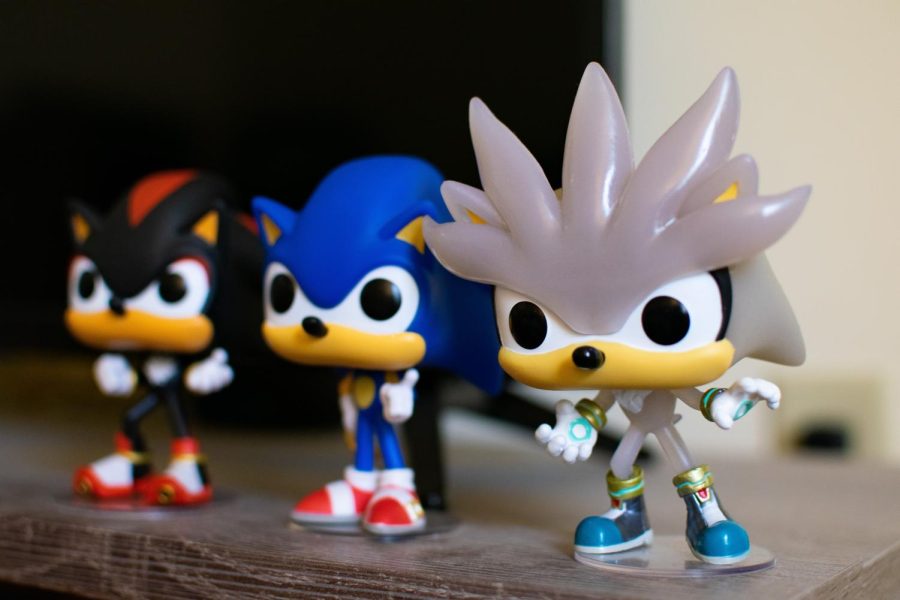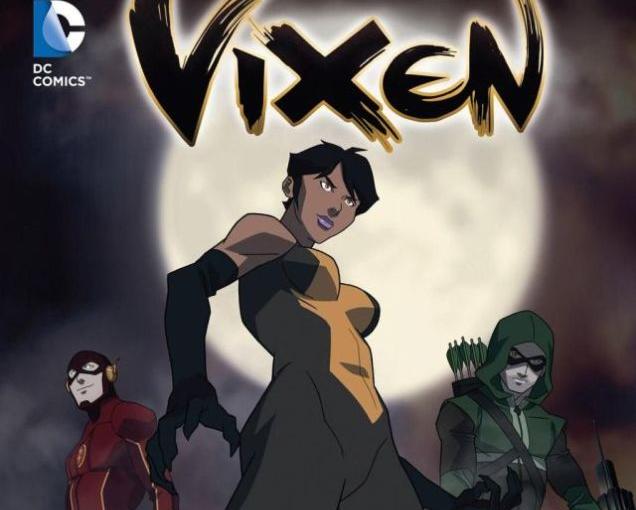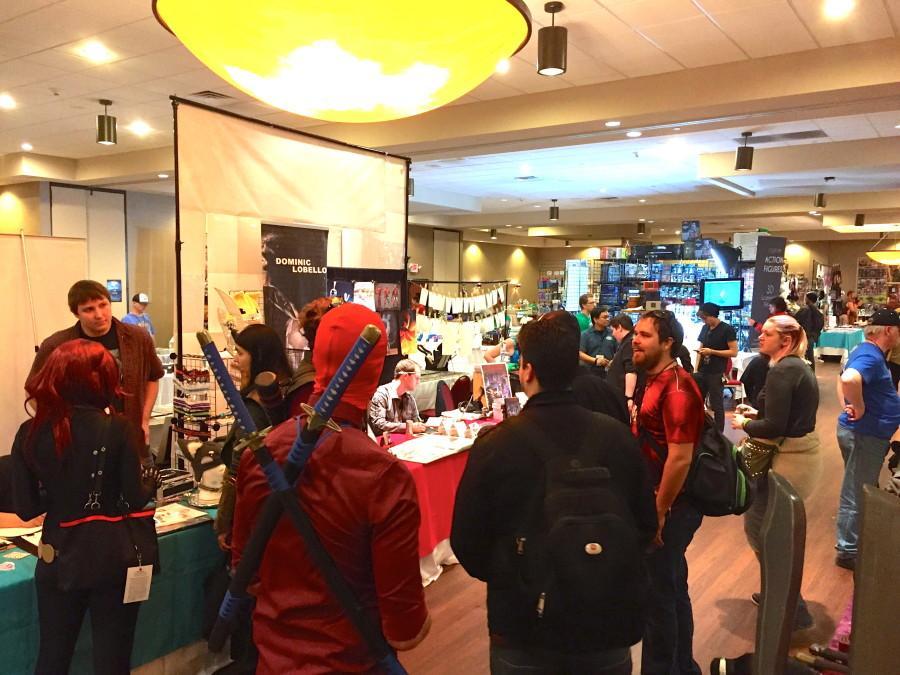
Season 3 of “Arrow” premiered on the CW earlier this week to mixed reviews, somewhat surprising considering its last two seasons have made it one of the most popular shows on the CW and television in general.
Regardless of its status going into the premiere, storytelling decisions made in the ironically titled episode, “The Calm,” may have pulled the show dangerously close to irreparably sullying its good name.
The incident I’m referring to is the final scene in the premiere, where we see Sara Lance shot full of arrows by a mysterious faceless man and fall to her death right in front of her sister, Laurel.
Ok, first, a vocab lesson. Back in 1999, comic book writer Gail Simone coined the phrase “Women in Refrigerators” (a reference to a storyline in Green Lantern comics where Kyle Rayner’s girlfriend, Alex Dewitt, was killed by a villain and stuffed in a refrigerator for him to find) on her website which collected and discussed the stories of primarily women characters, like Dewitt, who had been injured, killed, or depowered for the sole purpose of affecting and furthering the story of another character (usually male but not necessarily) within comic books. Nowadays, the phrase has been shortened simply to “fridging” and applies to any character, regardless of gender, and to stories told in any type of media, including television.
The original website began because of the unmistakable link between gender and this very specific plot device. Fridging centers on the idea that female characters are expendable in way that male characters are not, and that their stories must be inexorably linked to men’s, making the trope inherently misogynistic. And of course this idea can shift to analyze the treatment of other marginalized groups. In the case of Sara Lance, who was canonically bisexual, the trope plays with the idea that queer characters are expendable in a way that straight characters aren’t.
Regardless, the idea here is that fridging is just an extension of how society views certain groups of people, and it solidifies the limited storytelling boxes those people must fit into. And with the proliferation of comic book characters in movies and on television, we now see that same trope popping up in new forms of media.
And now we come back to “Arrow.” The show, although it has many good aspects, seems to be infected by the fridging epidemic. At least 3 major characters have died (or in Sara’s case, “died” several times) solely in order to serve and further the storylines of other characters, primarily the titular character Oliver Queen.
This most recent foray into the realm of fridging with Sara’s supposed death is shocking and yet so very predictable. As much as viewers hoped it wouldn’t, the show eventually fell into the standard shortcut in media of looking to their female and queer character first when using sudden, inexplicable deaths as storytelling juice.
In season 2, after the show brought Sara back from her supposed death and introduced her as The Canary, a variation on the popular DC heroine The Black Canary, viewers familiar with fridging had breathed a sigh of relief that the show had actually subverted the trope in regards to her character. Instead of relegating her first two supposed “deaths” as simply events to spawn guilt and anger in Oliver as he returns to Starling City, Sara was given an independent storyline that included her training with the League of Assassins and her tumultuous relationship with Nyssa al Ghul (the first example of queer representation in comic book adapted visual media). At least with her character we had finally, for once, avoided the fridge.
Until last Wednesday’s episode. To say that I was disappointed would be an understatement. I was disappointed when the show killed Shado in order to further Oliver’s guilt on the island, and when Tommy Merlyn was killed simply as an example for Oliver that he can’t save everyone and a reason for Laurel’s downward spiral into drugs in season 2. Here, with this character, I believe ‘anger’ is the more appropriate word.
The most damning thing about this is that the writers/producers, Greg Berlanti, Marc Guggenheim and Andrew Kreisberg, came out immediately after the premiere in interviews saying how excited they were about potential stories coming out of this. According to them, their primary reason for killing her was to clear the path and provide the emotional impetus for Laurel to take up the Black Canary mantel. The problem is that this is the literal definition of fridging.
There are innumerable other ways the writers could have cleared the way for Laurel’s story arc that didn’t involved reducing one of the most interesting and complex characters on the show to a pointless death that was a veritable footnote at the end of the episode. At her core, Sara was a hero. If she had died in a season finale battle, or saving another woman, or protecting the people she loves, that could have been a death fitting of her character, one that actually represented what her character stood for.
And even beyond that, there is no arguable reason why there couldn’t be two superheroines on the show. Roy Harper has officially joined the team as Arsenal this season. Why is it not equally plausible that Sara would help mold and influence her sister into eventually becoming the new Black Canary, just as Oliver has done for Roy? Instead of the show allowing Sara be the one to show Laurel the ropes of crime fighting, they killed her so that a man could.
The reason for this is simple, if not endlessly frustrating: it’s quicker and easier to use death and revenge as a motivator. But quicker and easier are very rarely indicators of quality storytelling. And when the person the writers choose to kill is one of strongest characters but also a woman and the only queer representation on the show, it sends a clear message to the viewers about the types of characters the writers value and the types they don’t.
So, instead of a progressive and diverse show, “Arrow” has, with the death of one character, become another show in a very long line of media that is so dismissive of its female and queer characters, that it can justify killing them off for the sake of their male and straight counterpart’s storylines. It’s culturally irresponsible to continue to perpetuate a trope that is harmful to the representation of marginalized groups in media, and “Arrow,” a show that has killed 4 prominent female characters in its last 15 episodes, is moving dangerously away from the progressiveness it was lauded for last year.
I’m not sure yet if I can forgive the show’s writers for killing Sara Lance in such a disrespectful and harmful way. But if “Arrow” hopes to keep any kind of solid standing in television culture, it needs to immediately stop fridging characters as a easy out of storytelling corners and think of more progressive, creative, and true-to-character ways to generate drama in the show.





